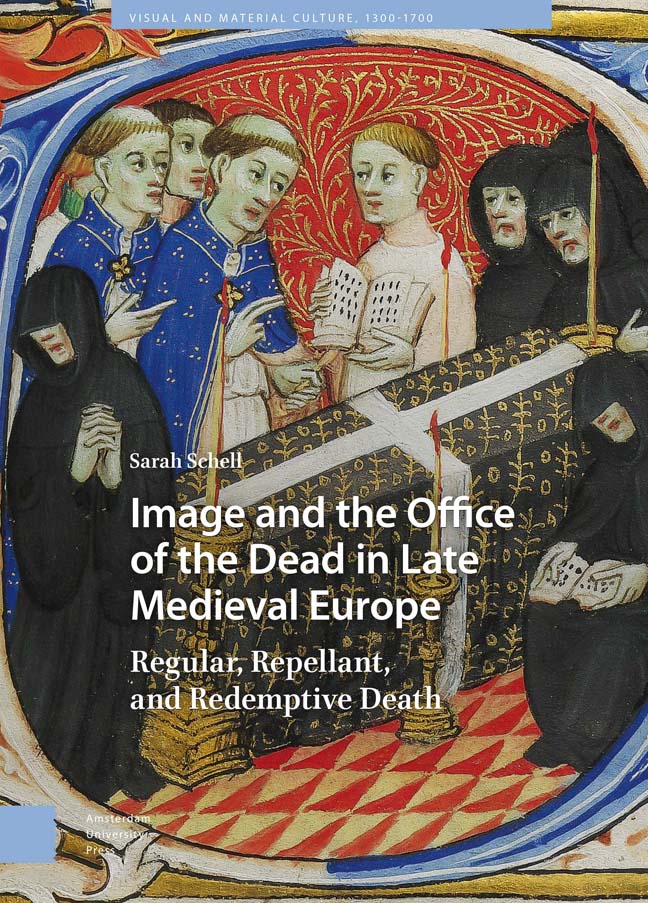Book contents
- Frontmatter
- Dedication
- Contents
- List of Illustrations
- Introduction
- 1 The Office of the Dead in Christian Liturgy
- 2 Regular Death: Reading the Funeral and Imaginative Practice
- 3 Repellent Death: Time, Rot, and the Death of the Body
- 4 The Redemptive Death: Job, Lazarus, and Death Undone
- Conclusions
- Bibliography
- Index of Manuscripts
- General Index
3 - Repellent Death: Time, Rot, and the Death of the Body
Published online by Cambridge University Press: 17 February 2024
- Frontmatter
- Dedication
- Contents
- List of Illustrations
- Introduction
- 1 The Office of the Dead in Christian Liturgy
- 2 Regular Death: Reading the Funeral and Imaginative Practice
- 3 Repellent Death: Time, Rot, and the Death of the Body
- 4 The Redemptive Death: Job, Lazarus, and Death Undone
- Conclusions
- Bibliography
- Index of Manuscripts
- General Index
Summary
Abstract: This chapter focuses on variations of corpse imagery, including the shrouded and exposed corpse, the lively corpse, and the skeleton. As a group these images address reoccurring themes present in the visual and literary treatments of medieval bodily death: identity loss, agency, disruption, and time. In addressing these concepts through their impact on the body, these images encouraged readers of the Office to confront fundamental fears associated with physical dissolution.
Keywords: corpse and decay, identity, liturgy, memento mori, three living and the three dead, embodiment
It is likely that everyone has at some time in their lives bitten into an overripe fruit. Some may have been unlucky enough to have reached into the cupboard for a potato and to have felt fingers sinking into the malodorous blackened flesh of vegetable rot. Our reactions are swift – we spit out the rotten fruit and jerk back our potato-befouled fingers almost before we have time to think about it. Our response to rot is sensible: at home and at sea, as in our stomachs, rot can be dangerous, presaging sickness, disease, collapse, or founder. It is a charged term redolent with an instinctive disgust, revulsion, and even fear, particularly when it is applied to the dead human body.
The social death visualized in ‘regular’ death images constructs death through the environment of church and community. The processes for confronting social death in the late medieval period were well developed, but there remained a deep ambivalence about the physical nature of death and the accompanying, and inevitable, rot of the body. The concern for the fate of the body is reflected in the ‘repellent’ death images which depict subjects that confront the reader with the physical realities of death. They present an array of images that dwell on the corpse in various states. In ‘regular’ death images, the dead might be socially present, but they are visually absent. In ‘repellent’ death images, the dead are consistently, and insistently, present and corporeal.
The contemplation of the corpse for the purposes of spiritual enrichment has a long history in Christian practice. Medieval preachers and teachers used the putrefaction of the body as the paramount example of sin made visible, of the vanity of the world, and of our profoundly brief sojourn in it.
- Type
- Chapter
- Information
- Image and the Office of the Dead in Late Medieval EuropeRegular, Repellant, and Redemptive Death, pp. 97 - 156Publisher: Amsterdam University PressPrint publication year: 2023



